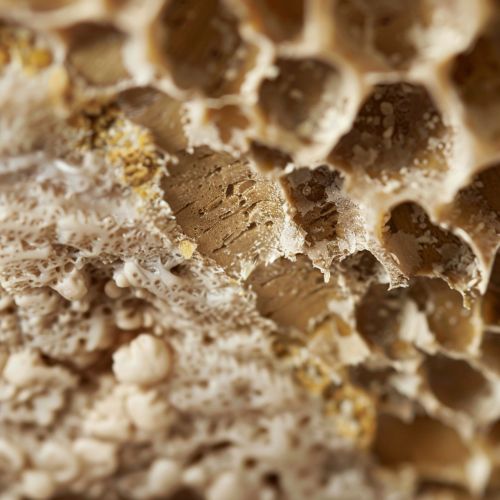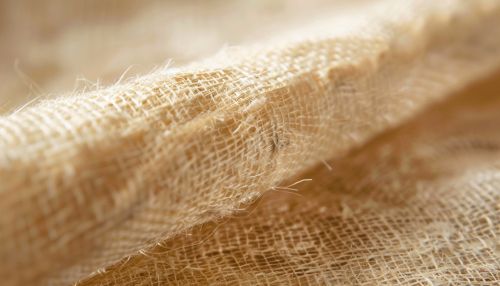Bio-based material
Introduction
Bio-based materials are materials that are derived from living organisms, such as plants, animals, and bacteria. These materials are often renewable and sustainable, as they can be regrown or replenished over time. Bio-based materials include everything from wooden structures to biodegradable plastics and biofuels. They are used in a variety of industries, including construction, packaging, and energy production.
History
The use of bio-based materials dates back to ancient times, when humans first began to use wood, bone, and other natural materials to build tools and structures. However, the modern understanding and application of bio-based materials began in the 20th century, with the development of bioplastics and other synthetic materials derived from natural sources. In the 21st century, the use of bio-based materials has expanded rapidly, driven by increasing concerns about sustainability and the environmental impact of traditional materials.
Types of Bio-based Materials
There are many different types of bio-based materials, each with its own unique properties and uses. These include:
Wood
Wood is one of the most common and versatile bio-based materials. It is used in a wide range of applications, from construction and furniture making to paper production.
Bioplastics
Bioplastics are a type of plastic that is derived from renewable biomass sources, such as vegetable fats and oils, corn starch, or microbiota. They are often biodegradable, meaning they can be broken down by microorganisms over time.
Biofuels
Biofuels are fuels that are derived from biomass, such as plants or algae. They are often used as a renewable alternative to fossil fuels.
Natural Fibers
Natural fibers such as cotton, wool, and silk are used in the textile industry to produce clothing and other fabric products.
Bio-based Chemicals
Bio-based chemicals are chemicals that are derived from biomass. They are used in a variety of industries, including the production of plastics, resins, and solvents.
Production
The production of bio-based materials involves the use of biological processes, such as fermentation or photosynthesis, to convert biomass into useful materials. This often involves the use of biotechnological techniques, such as genetic engineering, to enhance the production process.
Advantages and Disadvantages
Like any material, bio-based materials have both advantages and disadvantages.
Advantages
One of the main advantages of bio-based materials is their sustainability. Because they are derived from renewable sources, they can be regrown or replenished over time, reducing their environmental impact. In addition, many bio-based materials are biodegradable, meaning they can be broken down by microorganisms over time, further reducing their environmental footprint.
Disadvantages
However, bio-based materials also have some disadvantages. For example, the production of bio-based materials can sometimes require large amounts of land and water, which can have negative environmental impacts. In addition, some bio-based materials, such as biofuels, can contribute to food insecurity by diverting agricultural resources away from food production.
Future Perspectives
The future of bio-based materials looks promising, with ongoing research and development aimed at improving their properties and expanding their applications. This includes the development of new types of bio-based materials, as well as improvements to existing ones. In addition, there is increasing interest in the use of bio-based materials in the context of the circular economy, where materials are reused and recycled to reduce waste and conserve resources.
See Also


